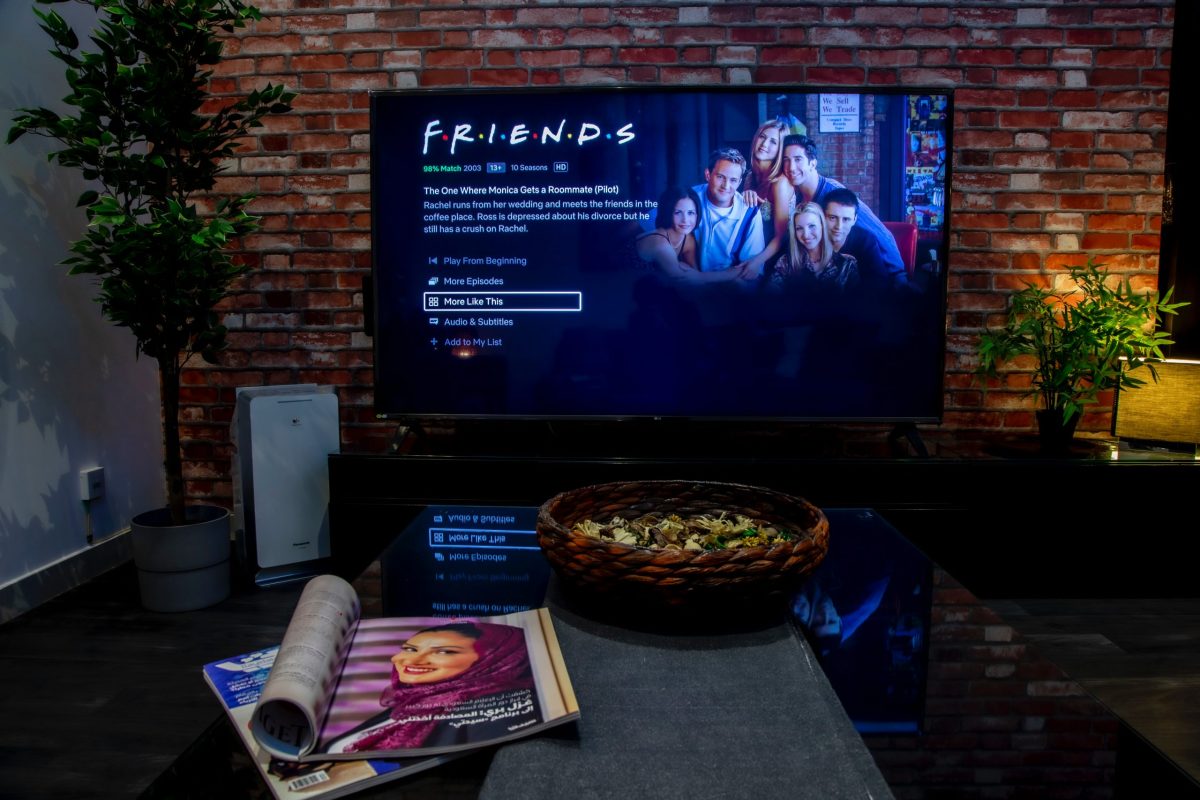From Script to Screen: How Fans Perceive The Diplomat’s Adaptation of Real-Life Diplomatic Events
In the realm of film and television, the adaptation of real-life events has always been a captivating subject for audiences. The Diplomat, a recent series that delves into the intricacies of diplomatic events, has sparked discussions among fans regarding its portrayal of historical occurrences. From the initial scriptwriting process to the final on-screen depiction, the journey of bringing real-life diplomatic events to life is a complex and nuanced one that can significantly influence how viewers perceive and interpret history.
The Script: Balancing Fact and Fiction
The first crucial step in adapting real-life diplomatic events for the screen is the creation of the script. Screenwriters face the challenge of balancing historical accuracy with the need for dramatic storytelling. While staying true to the facts is essential for maintaining credibility, injecting elements of fiction can enhance the narrative and engage the audience on a deeper level. The Diplomat’s scriptwriters carefully navigate this balance, weaving together historical events with fictionalized characters and scenarios to create a compelling storyline that resonates with viewers.

Casting and Characterization: Bringing History to Life
Once the script is finalized, the casting process plays a pivotal role in bringing the characters from real-life diplomatic events to life on screen. Talented actors who can embody the essence of historical figures help bridge the gap between the past and the present, allowing audiences to connect with the story on a more personal level. The Diplomat’s cast has received praise for their nuanced performances, breathing life into characters that played key roles in shaping diplomatic history.

Production Design and Cinematography: Setting the Stage
Beyond the script and performances, the visual elements of a production also play a crucial role in shaping how fans perceive the adaptation of real-life diplomatic events. Production design, including set decoration, costumes, and props, helps recreate the historical setting with authenticity and attention to detail. Cinematography further enhances the storytelling, capturing the emotions and tensions of diplomatic encounters in a visually compelling manner. The meticulous attention to detail in The Diplomat’s production design and cinematography has been lauded for its immersive portrayal of historical events.

Reception and Fan Interpretation: The Impact of Adaptation
As fans watch The Diplomat unfold on screen, their perceptions of real-life diplomatic events are inevitably influenced by the adaptation presented to them. Some viewers may appreciate the creative liberties taken to enhance the storytelling, while others may scrutinize the accuracy of historical depictions. Fan discussions and critiques play a significant role in shaping the reception of the series and highlighting the complexities of adapting real-life events for entertainment purposes.

Conclusion
In conclusion, the journey from script to screen in adapting real-life diplomatic events is a multifaceted process that requires careful consideration of historical accuracy, storytelling techniques, and audience engagement. The Diplomat’s exploration of diplomatic history serves as a testament to the power of storytelling in bringing the past to life and sparking conversations about the intersection of fact and fiction. As fans continue to dissect and analyze the series, the impact of its adaptation on their perceptions of real-life events underscores the enduring allure of historical storytelling in the world of entertainment.

Leave a Reply